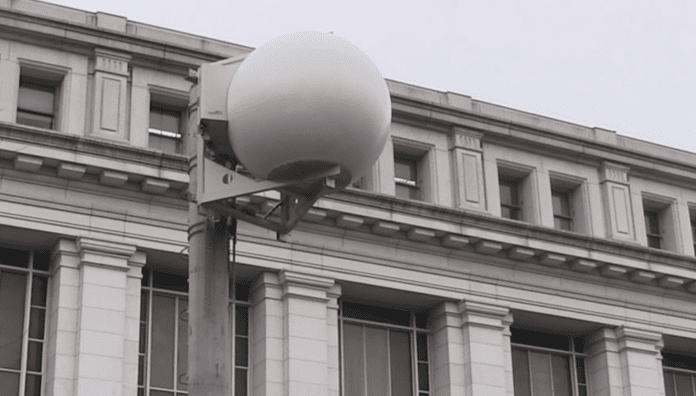Hundreds of thousands of Americans are expected to descend on Washington, D.C., in the coming days to observe President-elect Donald Trump’s swearing-in ceremony as well as the pomp and circumstance that comes along with Inauguration Day. Ahead of the Jan. 20 festivities, all four major U.S. carriers said they have deployed additional network infrastructure components to accommodate the cellular activities of the expected crowds. Let’s take a look at what each carrier is doing.
Verizon Wireless
Verizon Wireless said it has increased local capacity by some 500%. Three-channel carrier aggregation, based on the Third Generation Partnership Project LTE-Advanced standard, is designed to improve peak data rates, and antennas equipped with remote electric tilt functionality will be dynamically adjusted along with crowd movements, according to the carrier. RET functionality has been added to temporary and permanent cell sites on the National Mall, with so-called “masting ball” technology set to divide network resources among a crowd of users.
AT&T Mobility
AT&T Mobility said it will deploy seven of its super cell on wheels, essentially temporary cell sites mounted on trucks and commonly used during large events, along the National Mall. The super COWs feature a “drum set antenna,” which AT&T said provides a 20-times boost in LTE capacity compared to a traditional cell site. They’ll also use a “giant eyeball antenna,” which “allows engineers to distribute data traffic based on the data consumption of the crowd.” Further, AT&T said it installed new or upgraded existing distributed antenna systems at D.C. venues including hotels and airports. Existing LTE sites near the National Mall were upgraded to include multibeam antennas and the carrier built a new permanent cell tower.
Sprint
Sprint said it has “doubled the capacity of our 1.9 GHz cell sites around the National Mall and D.C. Metro stations. We’re also using [two- and three-channel] carrier aggregation on our 2.5 GHz cell sites.” Sprint also said it deployed COWs featuring three-channel carrier aggregation for “high-traffic locations extending from Lincoln Memorial to the U.S. Capitol.” According to a statement, Sprint claims to have spent two years prepping for Inauguration Day, “lighting up new cell sites, adding more capacity with additional spectrum and new technologies such as carrier aggregation and antenna beamforming, as well as optimizing the performance of each and every cell site along the way.”
T-Mobile US
T-Mobile US boosted local capacity by nearly 1,000%, according to CTO Neville Ray, through the use of 4×4 multiple-input/multiple-output antenna technology, 256 quadrature amplitude modulation and other LTE-A tech. In addition to rolling out COWs, T-Mobile US said it has also introduced additional LTE spectrum, three-carrier aggregation, new multibeam antennas and additional backhaul.

